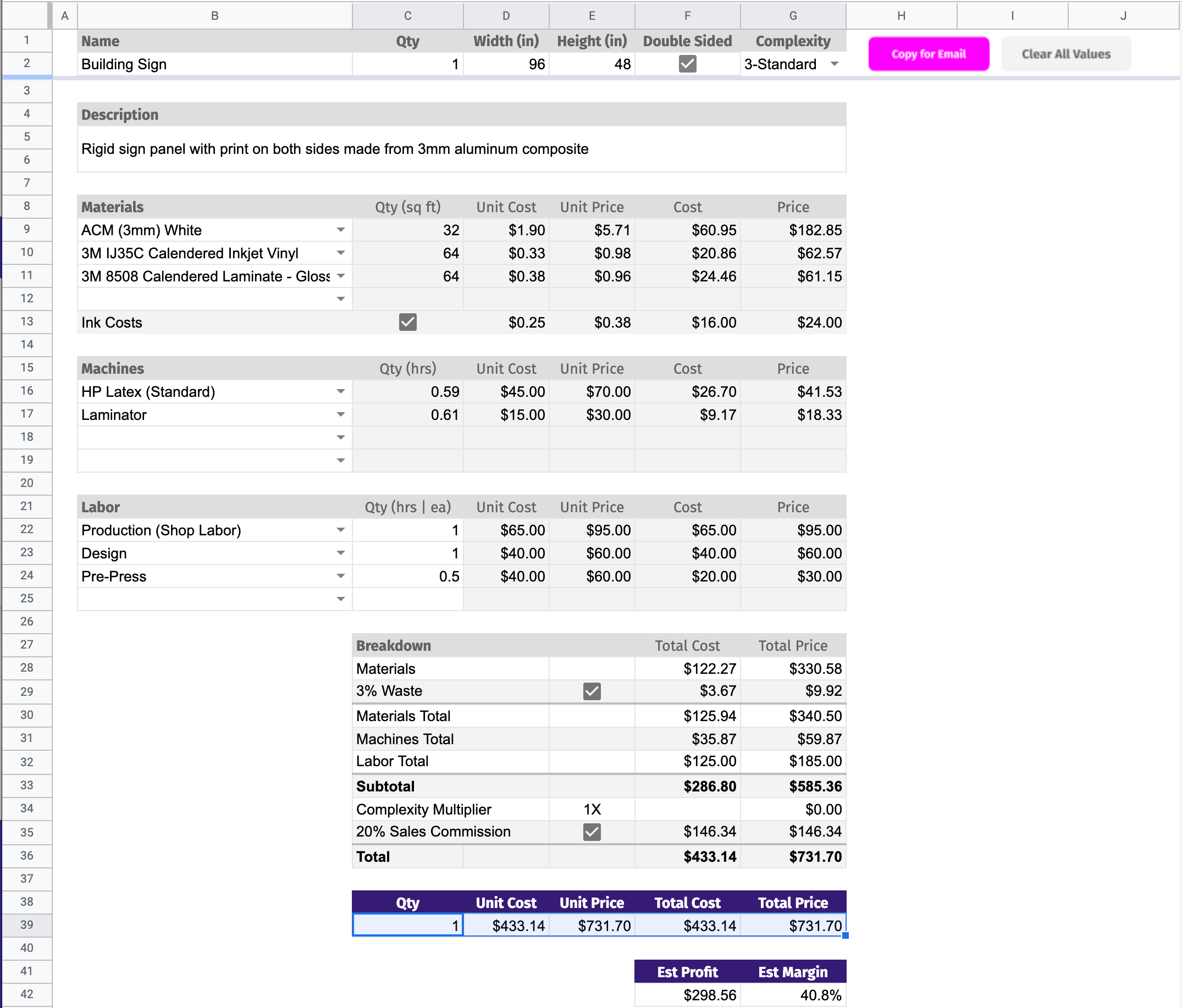1) Prepare answers for common objections
Sit down and think of a list of objections customers have hit you with over the last year. Or keep track of all of them for a month.
Once you have your list, sit down and create the best response possible for those objections. Train your team on them, role play the scenarios with them. Then once the next customer tries to use them on your or your team, you’ll be ready and not get caught off-guard.
2) Offer something besides a discount
Instead of giving them a discount, offer them something else that seems really valuable. Discounts cut into your profit margins significantly, but your costs to throw in “something extra” could be far less.
If you’re making some vinyl decals, offer to throw in a couple different sizes for free, and just tag them up on the same run.
If you printing shirts, instead of giving $100 OFF, offer to throw in a handful of shirts for free.
3) Offer multiple options
Cut down on price haggling by offering multiple options at different price points when quoting. But stay with 2-3 choices. Basic, Standard, Premium. 1x, 1.5x, 3x
If you want to sell the middle ground, adding a premium option that seems really expensive makes the middle ground seem like a great value. When you offer 2-3 options when quoting, your client will be busy comparing your three offers, instead of you and your competitors offer.
4) Adjust the scope
If a customer wants a $3000 sign on a $2000 budget, you don’t give them a $1000 discount. You negotiate the scope of the project. Maybe a smaller size, less intricate design, nix the professional landscaping around the sign.
5) Target better customers
Seriously. Find your best customer now and try to duplicate them. It’s much harder to raise prices on someone who’s beat your down on price for a long time. So figure out how to find the clients that aren’t as price conscious.

